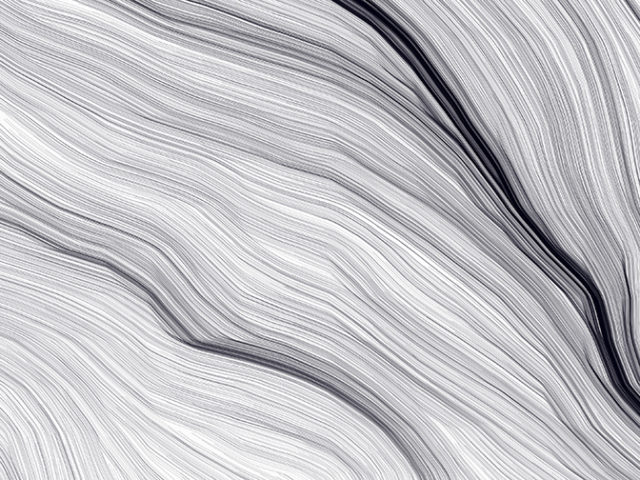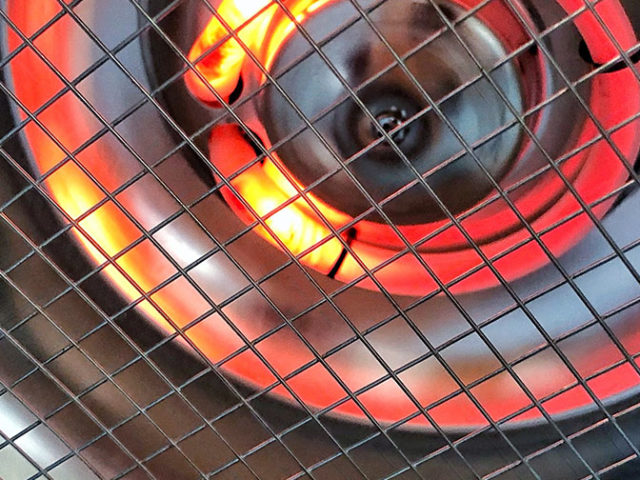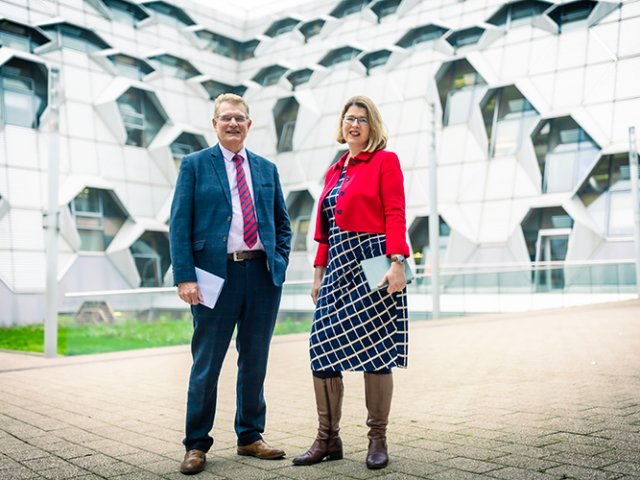How do protons fuse to power the sun? What happens to neutrinos inside a collapsing star after a supernova? How did atomic nuclei form from protons and neutrons in the first few minutes after the Big Bang?
Simulating these mysterious processes requires some extremely complex calculations, sophisticated algorithms, and a vast amount of supercomputing power.
Theoretical physicist William Detmold marshals these tools to “look” into the quantum realm. “Improved calculations of these processes enable us to learn about fundamental properties of the universe,” he says. “Of the visible universe, most mass is made of protons. Understanding the structure of the proton and its properties seems pretty important to me.”
Researchers at the Large Hadron Collider (LHC), the world’s largest particle accelerator, investigate those properties by smashing particles together and poring over the subatomic wreckage for clues to what makes up and binds together matter.
Detmold, an associate professor in the Department of Physics and a member of the Center for Theoretical Physics and the Laboratory for Nuclear Science, starts instead from first principles — namely, the theory of the Standard Model of particle physics.
The Standard Model describes three of the four fundamental forces of particle physics (with the exception of gravity) and all of the known subatomic particles.
Source: “Exploring the quantum field, from the sun’s core to the Big Bang”, Jonathan Mingle, MIT News correspondent




